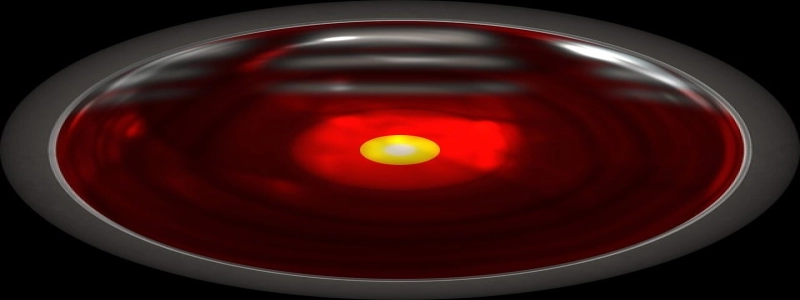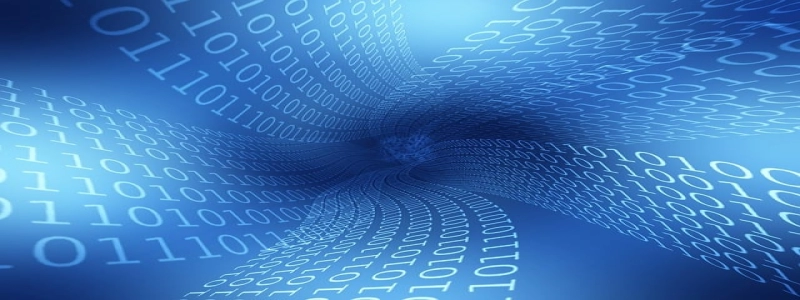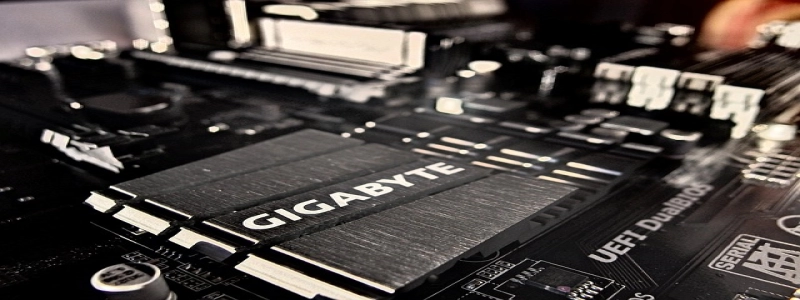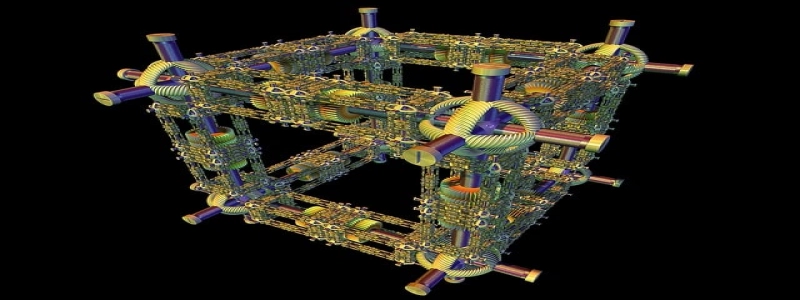I2C Data Rate
Introduktion
In the world of electronics and communication, one of the most commonly used serial communication protocols is I2C (Inter-Integrated Circuit). It has become a popular choice due to its simplicity, versatility, and multi-master capabilities. One of the key parameters that determine the performance of the I2C communication is the data rate. I den här artikeln, we will explore the different levels of data rates in I2C and their implications.
Overview of I2C Data Rate
The data rate in I2C refers to the speed at which data is transmitted between the devices on the bus. It is typically measured in kilobits per second (Kbps) or megabits per second (Mbps). The I2C specification allows for a wide range of data rates, ranging from a few kilobits to several megabits per second.
Standard Data Rates
The I2C standard supports three commonly used data rates: standard mode, fast mode, and high-speed mode.
1. Standard Mode: The standard mode is the slowest data rate defined in the I2C specification. It operates at a maximum bit rate of 100 Kbps. Standard mode is suitable for applications where low data rate is acceptable, or for devices that are not capable of operating at higher speeds.
2. Fast Mode: Fast mode offers a higher data rate compared to standard mode. It operates at a maximum bit rate of 400 Kbps, which is four times faster than the standard mode. Fast mode is commonly used in applications where moderate data rate is required, such as control interfaces, sensor modules, and small display systems.
3. High-Speed Mode: High-speed mode is the fastest data rate specified in the I2C specification. It operates at a maximum bit rate of 3.4 Mbps, which is more than eight times faster than fast mode. High-speed mode is suitable for applications that demand high data rate, such as high-resolution displays, high-speed data transfer, and large memory modules.
Custom Data Rates
Apart from the standard data rates, I2C also allows for custom data rates. This feature enables developers to define their own data rates to meet specific requirements. Custom data rates can be set by adjusting the clock frequency of the I2C bus. dock, it is important to note that custom data rates should be within the operating limits of the devices connected to the bus and not exceed the maximum supported data rate of the I2C master device.
Factors Influencing Data Rate Selection
When selecting the appropriate data rate for an I2C communication, several factors need to be considered:
1. Device Capability: The data rate should match the capability of the devices on the I2C bus. All devices connected to the bus must be capable of operating at the selected data rate.
2. Cable Length: Longer cable lengths can introduce signal degradation and increase the likelihood of communication errors. Higher data rates may exacerbate these issues. Therefore, for longer cable lengths, it is advisable to use lower data rates to ensure reliable communication.
3. Energiförbrukning: Higher data rates generally result in higher power consumption. If power efficiency is a concern, it may be necessary to select a lower data rate.
Slutsats
In conclusion, the data rate in I2C communication plays a crucial role in determining the performance and reliability of the system. The I2C specification provides standard data rates to cater to different application requirements. Dessutom, custom data rates can be defined to meet specific needs, as long as they are within the operational limits of the devices. By considering factors such as device capability, cable length, and power consumption, one can select the most suitable data rate for their I2C communication.







